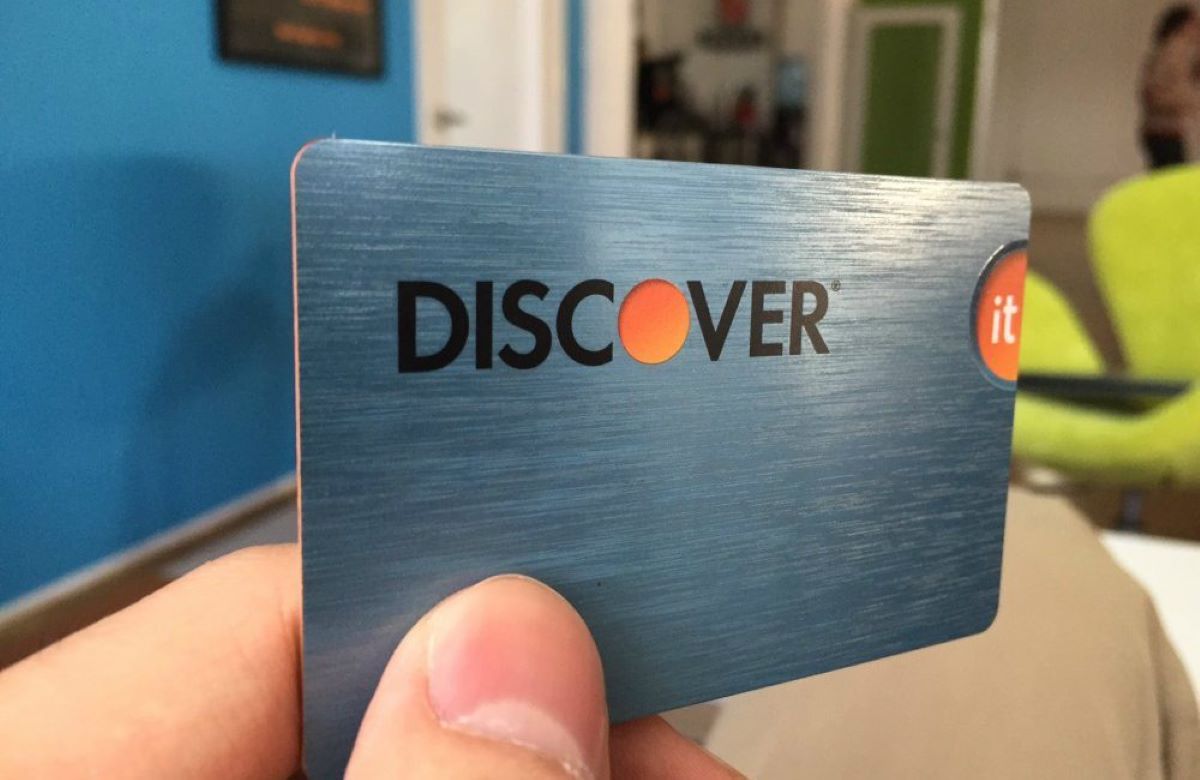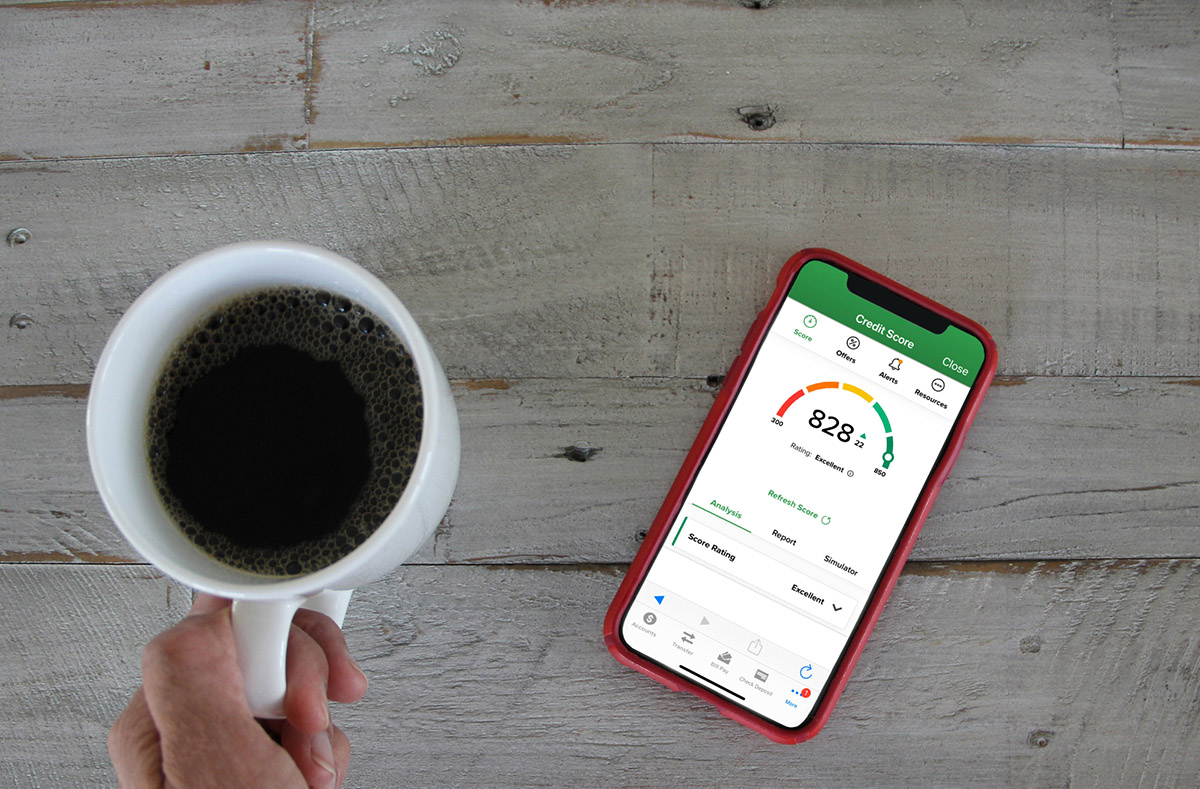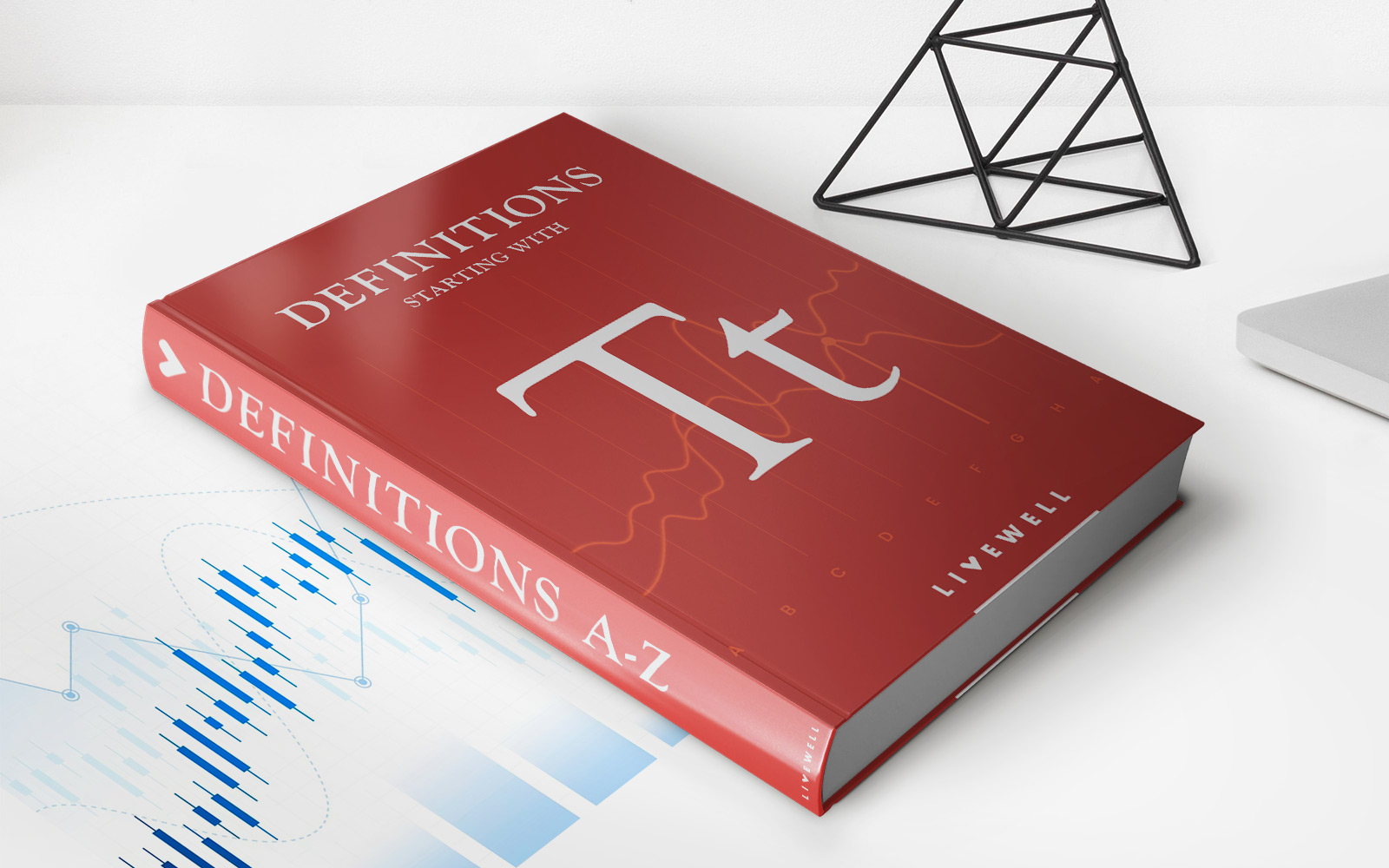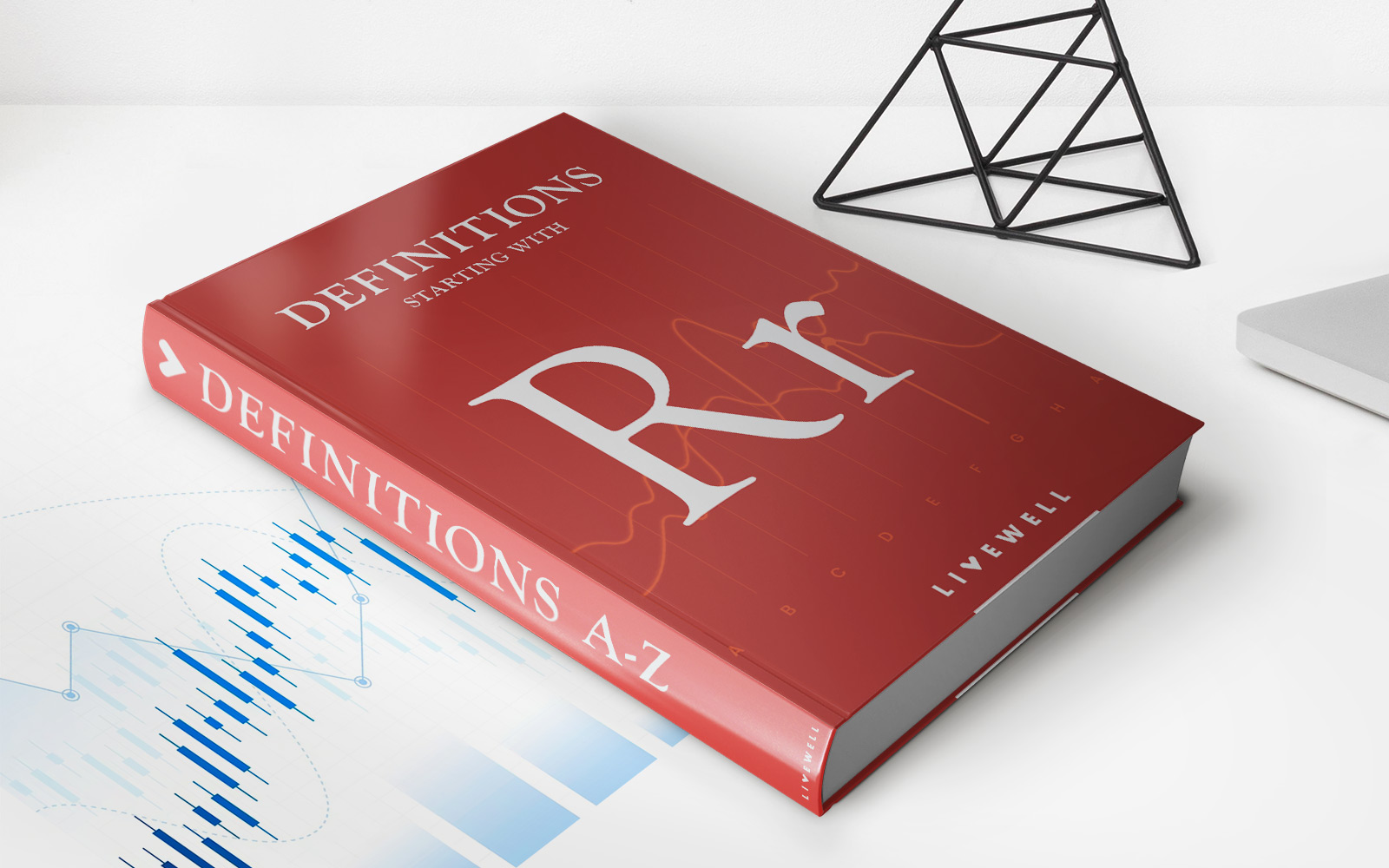Home>Finance>How Often Does Discover Credit Card Report Your Credit Utilization Report


Finance
How Often Does Discover Credit Card Report Your Credit Utilization Report
Published: March 6, 2024
Learn how Discover credit card reports your credit utilization and its impact on your finance. Understand the reporting frequency and manage your credit effectively.
(Many of the links in this article redirect to a specific reviewed product. Your purchase of these products through affiliate links helps to generate commission for LiveWell, at no extra cost. Learn more)
Table of Contents
- Understanding the Reporting Frequency of Discover Credit Card and Its Impact on Your Credit Score
- The Significance of Credit Utilization in Managing Your Finances
- The Role of Credit Utilization in Shaping Your Credit Profile
- Insights into How Discover Credit Cards Report Credit Utilization
- Understanding How Discover Credit Card Reporting Influences Your Credit Score
- Strategies to Optimize Your Credit Utilization and Enhance Your Financial Well-being
- Empowering Your Financial Journey Through Informed Credit Utilization Management
Introduction
Understanding the Reporting Frequency of Discover Credit Card and Its Impact on Your Credit Score
When it comes to managing your finances, understanding the intricate details of credit reporting can significantly impact your financial well-being. One crucial aspect of this is credit utilization, which plays a pivotal role in determining your credit score. In this comprehensive guide, we will delve into the reporting frequency of Discover credit cards and its implications for your credit utilization.
Credit cards have become an indispensable tool for managing day-to-day expenses and building credit history. Among the myriad of credit card options available, Discover credit cards stand out for their unique features, rewards programs, and customer-centric approach. However, to leverage the full potential of a Discover credit card, it is essential to comprehend how its reporting frequency affects your credit utilization and, consequently, your credit score.
Understanding the nuances of credit utilization and the reporting practices of credit card issuers is paramount for making informed financial decisions. By shedding light on the reporting frequency of Discover credit cards and its impact on credit utilization, this guide aims to empower you with the knowledge to optimize your credit management strategies and achieve your financial goals.
Understanding Credit Utilization
The Significance of Credit Utilization in Managing Your Finances
Credit utilization, often referred to as the credit utilization ratio, is a fundamental metric that reflects the amount of credit you are using relative to your total available credit. It is a key factor in credit scoring models and holds considerable weight in determining your creditworthiness. Simply put, credit utilization is the percentage of your available credit that you are currently using. For example, if you have a credit card with a $5,000 limit and have a balance of $1,000, your credit utilization rate is 20%.
Lenders and credit bureaus analyze your credit utilization to assess how responsibly you manage your credit accounts. A lower credit utilization ratio indicates that you are effectively managing your credit and are at lower risk of default. On the other hand, a high credit utilization ratio may signal financial strain and could potentially have a negative impact on your credit score.
It is generally recommended to maintain a credit utilization ratio below 30% to demonstrate prudent credit management. By keeping your credit utilization low, you can showcase your ability to use credit responsibly, which can, in turn, enhance your creditworthiness and improve your credit score.
Understanding the significance of credit utilization is crucial for maintaining a healthy credit profile and achieving your financial objectives. By managing your credit utilization effectively, you can bolster your creditworthiness and gain access to better financial opportunities, such as favorable loan terms and competitive interest rates.
Importance of Credit Utilization in Credit Reporting
The Role of Credit Utilization in Shaping Your Credit Profile
Credit utilization plays a pivotal role in credit reporting and has a profound impact on your overall creditworthiness. When credit bureaus calculate your credit score, they consider various factors, with credit utilization being a significant determinant. A high credit utilization ratio can raise red flags for lenders and may negatively influence your credit score, potentially limiting your access to credit and favorable terms.
By maintaining a low credit utilization ratio, you demonstrate responsible credit management, which can bolster your creditworthiness and increase the likelihood of being approved for new credit. Additionally, a low credit utilization ratio can contribute to an improved credit score, granting you access to better financial opportunities and favorable interest rates.
It is important to note that credit utilization is not only assessed on an individual account basis but also across all your credit accounts. This means that the cumulative credit utilization across multiple credit cards and lines of credit is taken into consideration. Therefore, prudent management of credit utilization across all your credit accounts is essential for maintaining a healthy credit profile.
Understanding the significance of credit utilization in credit reporting empowers you to take proactive measures to optimize your credit management strategies. By keeping your credit utilization in check, you can positively influence how lenders perceive your creditworthiness and enhance your financial prospects.
Reporting Frequency of Discover Credit Card
Insights into How Discover Credit Cards Report Credit Utilization
Discover credit cards are known for their customer-friendly features and robust rewards programs. When it comes to credit reporting, the reporting frequency of your credit card activity can significantly impact how your credit utilization is reflected in your credit report. Understanding how Discover credit cards report credit utilization is essential for effectively managing your credit profile.
Discover typically reports your credit card activity, including your credit utilization, to the major credit bureaus on a monthly basis. This means that the balance on your Discover credit card as of the statement closing date is reported to the credit bureaus. It is important to note that the reported balance is what will be considered when calculating your credit utilization ratio for that particular account.
One notable aspect of Discover’s reporting practice is its commitment to accuracy and transparency. Discover ensures that the information reported to the credit bureaus is up to date and reflective of your actual credit utilization. This dedication to accurate reporting allows you to have a clear understanding of how your credit card activity is being portrayed in your credit report.
Understanding the reporting frequency of Discover credit cards empowers you to make informed decisions regarding your credit management. By being aware of when your credit card activity is reported, you can strategically time your payments and balances to optimize your credit utilization ratio and positively impact your credit score.
It is important to stay mindful of your credit card activity and its reporting schedule to ensure that your credit report accurately reflects your financial responsibility. By leveraging the insights into Discover’s credit card reporting frequency, you can proactively manage your credit utilization and maintain a healthy credit profile.
Impact of Discover Credit Card Reporting on Credit Score
Understanding How Discover Credit Card Reporting Influences Your Credit Score
The reporting practices of Discover credit cards can have a direct impact on your credit score, particularly in relation to your credit utilization. As Discover typically reports credit card activity to the major credit bureaus on a monthly basis, it is crucial to recognize how this reporting frequency influences your credit score.
One of the key factors affected by Discover’s credit card reporting is your credit utilization ratio. Your credit utilization ratio is a significant component of your credit score, and it is calculated by dividing your total credit card balances by your total credit limits. When Discover reports your credit card balances to the credit bureaus, it directly influences the calculation of your credit utilization ratio for that account.
By understanding the impact of Discover credit card reporting on your credit score, you can strategically manage your credit utilization to positively influence your credit profile. Maintaining a low credit utilization ratio, especially before your statement closing date when balances are typically reported, can contribute to an improved credit score.
Moreover, Discover’s commitment to accurate and timely reporting ensures that your credit report reflects the most current information regarding your credit card activity. This transparency allows you to monitor your credit utilization and take proactive steps to optimize your credit management strategies, ultimately benefiting your credit score.
It is important to recognize that while Discover’s credit card reporting can influence your credit score, it is just one aspect of the comprehensive factors that contribute to your overall creditworthiness. By staying informed about how Discover’s reporting practices impact your credit score, you can make informed decisions to maintain a healthy credit profile and achieve your financial goals.
Tips for Managing Credit Utilization with Discover Credit Card
Strategies to Optimize Your Credit Utilization and Enhance Your Financial Well-being
Effectively managing your credit utilization with your Discover credit card is essential for maintaining a healthy credit profile and maximizing your credit score. By implementing strategic approaches to credit utilization, you can harness the full potential of your Discover credit card while demonstrating responsible credit management. Here are some valuable tips to help you manage your credit utilization effectively:
- Monitor Your Statement Closing Date: Stay informed about your Discover credit card’s statement closing date, as this is when your credit card balances are typically reported to the credit bureaus. By understanding this timeline, you can plan your payments and balances to ensure that your reported credit utilization remains favorable.
- Pay Balances Before the Statement Closing Date: To maintain a low credit utilization ratio, consider paying down your credit card balances before the statement closing date. This proactive approach can positively impact how your credit utilization is reported, potentially leading to an improved credit score.
- Utilize Available Credit Wisely: While your Discover credit card provides a line of credit, it is prudent to use this credit wisely and avoid maxing out your card. Keeping your credit utilization low demonstrates responsible credit management and can enhance your creditworthiness.
- Set Up Balance Alerts: Take advantage of Discover’s account management tools to set up balance alerts. These alerts can notify you when your credit card balances approach a certain threshold, allowing you to take timely action to manage your credit utilization effectively.
- Consider a Credit Limit Increase: If you have a positive payment history and responsible credit management, you may explore the option of requesting a credit limit increase from Discover. A higher credit limit can lower your credit utilization ratio, provided that your spending remains consistent.
By incorporating these tips into your credit management strategy, you can optimize your credit utilization with your Discover credit card and position yourself for financial success. Proactive management of your credit utilization not only contributes to an improved credit score but also opens doors to better financial opportunities and favorable lending terms.
Conclusion
Empowering Your Financial Journey Through Informed Credit Utilization Management
Understanding the reporting frequency of your Discover credit card and its impact on your credit utilization is a crucial step in taking control of your financial well-being. By delving into the intricacies of credit utilization and Discover’s reporting practices, you gain valuable insights that can shape your credit management strategies and influence your credit score.
Effective management of credit utilization with your Discover credit card involves strategic planning, proactive monitoring, and responsible utilization of available credit. By staying mindful of your statement closing dates, paying down balances strategically, and leveraging available credit wisely, you can optimize your credit utilization and enhance your creditworthiness.
Furthermore, the commitment of Discover to accurate and transparent reporting empowers you to have a clear understanding of how your credit card activity is portrayed in your credit report. This transparency enables you to make informed decisions regarding your credit management, ultimately contributing to a healthy credit profile and improved financial prospects.
As you navigate your financial journey, remember that credit utilization is just one facet of comprehensive credit management. By integrating the tips for managing credit utilization with your Discover credit card, you can harness the full potential of your credit card while positioning yourself for greater financial stability and opportunities.
Armed with the knowledge of credit utilization and Discover’s reporting practices, you are equipped to make informed decisions that align with your long-term financial goals. By maintaining a proactive approach to credit utilization management, you can pave the way for a brighter financial future and unlock the doors to a myriad of financial possibilities.














